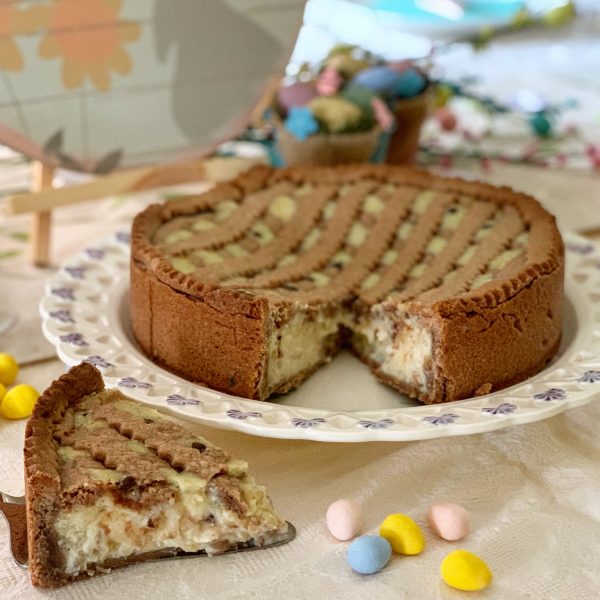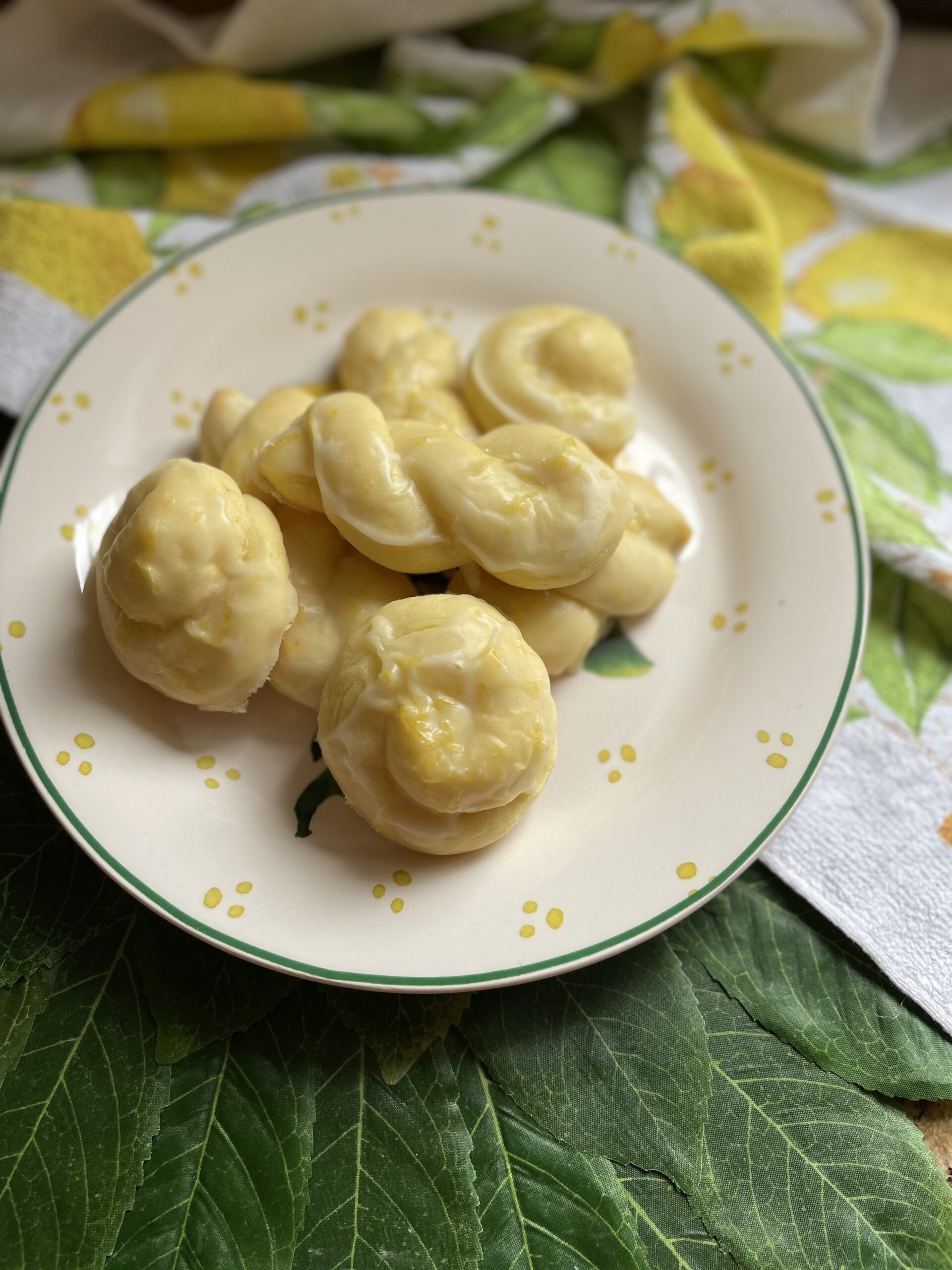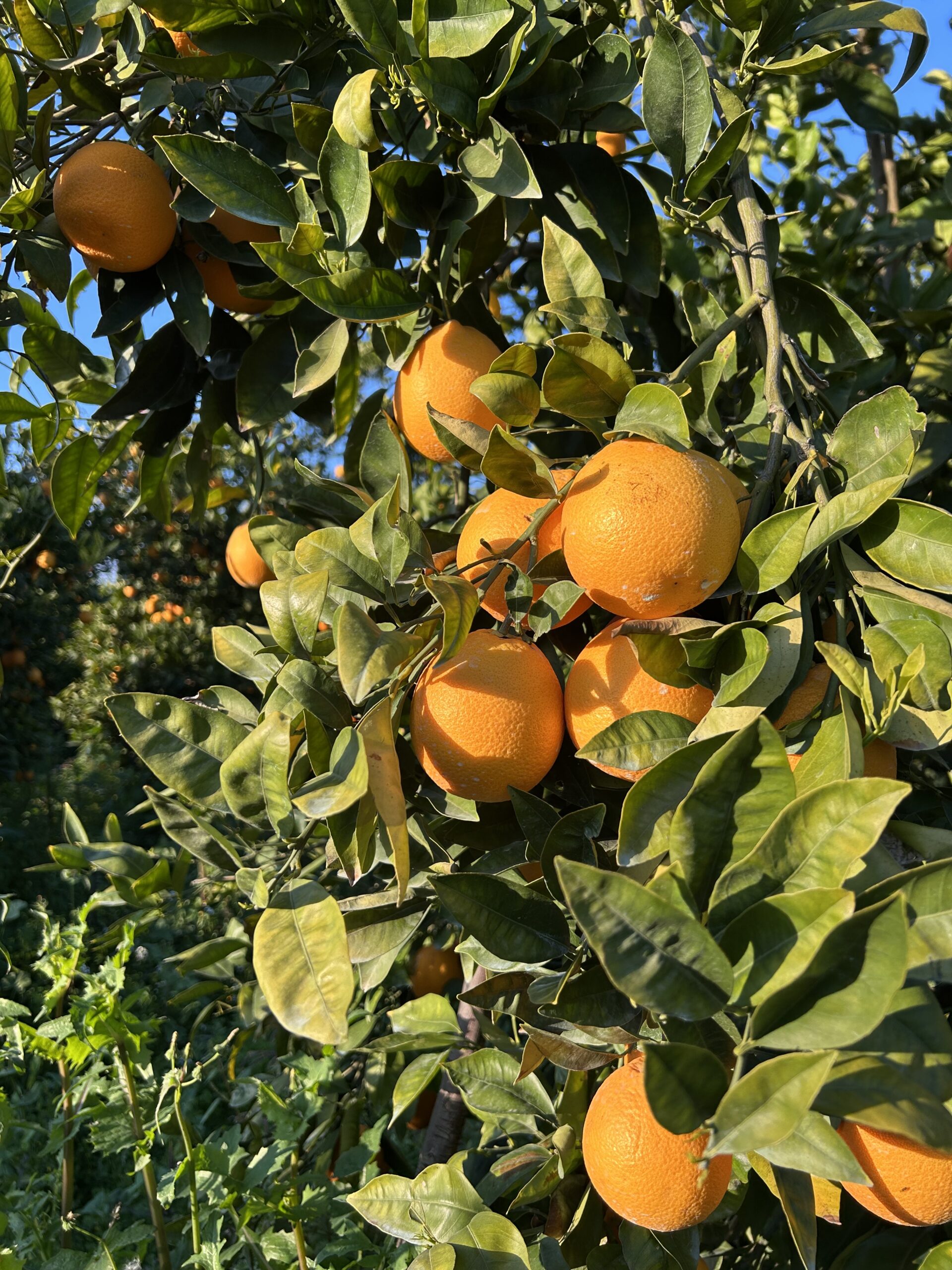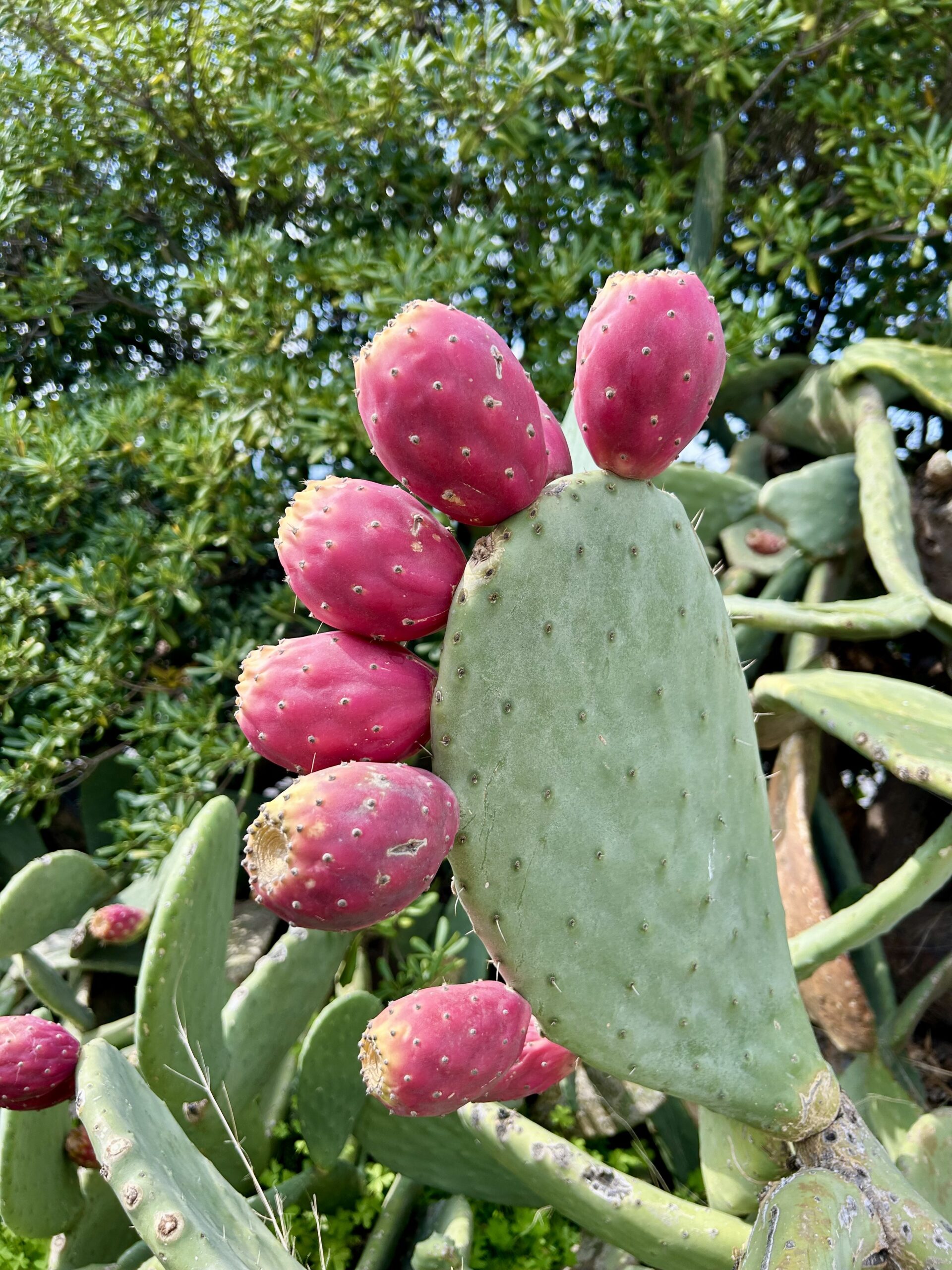There are certain sweets that seem synonymous with specific seasons, holidays and occasions. Cakes for birthdays; confetti (Jordan almonds) for weddings; churros for Cinco de Mayo, s’mores over a summer campfire; apple and pumpkin pie for Thanksgiving; candy corn for Halloween; shortbread and panettone for Christmas; heart shaped bon bons and sugar cookies for Valentine’s; beignet for Mardi Gras; and zeppole for San Giuseppe are a mere few. Some that spring forward during the Easter season include marshmallow chicks laying chocolate eggs, hot cross buns, carrot cake, Colomba and Pastiera.
If you are unfamiliar with Pastiera, it is a Neapolitan tart that is eaten during Easter. It is a moist, delicate and fragrant celebratory confection whose flavor is as enchanted, as the myth behind it. According to legend, in the gulf stretching between Posillipo and Vesuvio there lived a mermaid named Partenope. Each spring she would emerge and greet those who lived along the strait by serenading them with song. One particular day her voice was so melodious that she was in turn gifted by her admirers with their most precious gift. Seven of the most beautiful maidens presented her with flour to represent strength and richness of the land; wheat boiled in milk as a symbol of the two reigns; ricotta, a present from the shepherds and their sheep; eggs as a symbol of a new life; fragrant water with orange blossom; spices representing those from abroad; and sugar for the sweetness of Partenope’s voice. So touched was the mermaid by these gifts that she brought them to the gods and goddesses of the sea who transformed them into a divine torte (the Pastiera) whose sweetness exceeded that of Partenope’s voice.
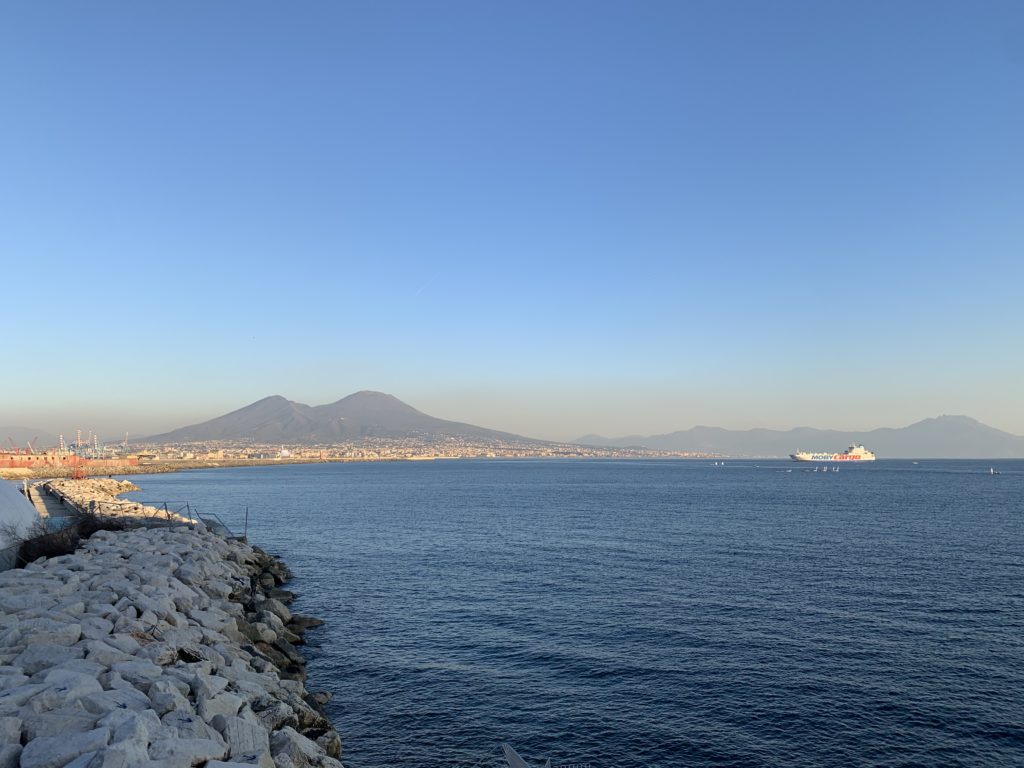
The mortal’s version of this tale on the other hand has the conception of the famed cake taking place in the ancient Neapolitan convent of San Gregorio Armeno. It was here that a nun combined the signature ingredients together to make a symbolic sweet for the Resurrection. She mixed to together wheat and ricotta then added eggs to denote new life. For aroma she used the flowers from the orange trees of the convent’s garden along with Asian spices and candied citron. So delightful was this dessert that the nuns of the convent prepared it in large quantities each Easter for the royals. So regal in fact, is this indulgence, that, it is said to have put a smile onto the austere face of Maria Teresa of Austria, wife of King Ferdinand.
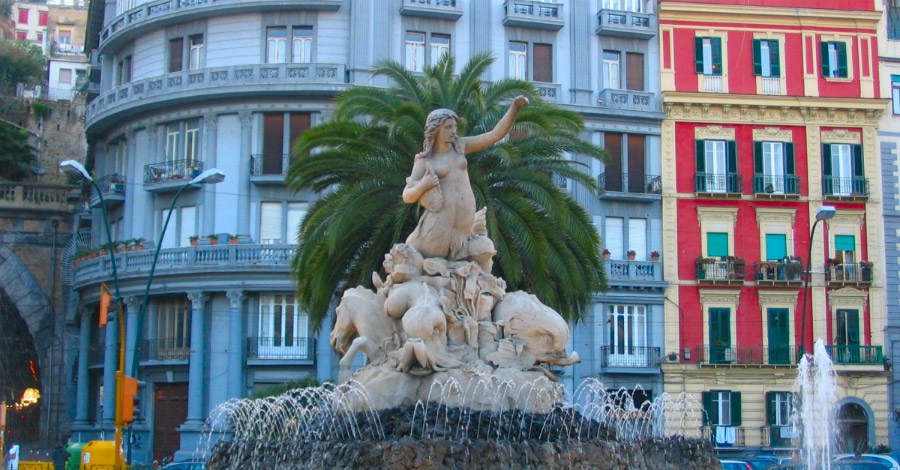
Preparation of the Pastiera, in addition to its key elements also requires patience for it has be cooked days in advance of holiday to allow for the fragrances to mix properly resulting in its unique flavor. It should be made no later than Good Friday in order to be enjoyed on Easter Sunday. Due to its fragility, the Pastiera is baked and served in pans known as ruoti, as removing it from the ruoto would cause it to crumble.
There are two known Pastiera practices: the traditional method of mixing ricotta cheese and eggs together to fill the short pastry, and the second method an innovation of Neapolitan confectioner Starace, that consists of adding thick pastry cream to the mixture to produce a softer Pastiera.
So beloved is this torte in Campania that it has a poem in Neapolitan dialect praising its flavor:
Currite, giuvinò! Ce stà ‘a Pastiera!”
E’ nu sciore ca sboccia a primmavera,
e con inimitabile fragranza
soddisfa primm ‘o naso,e dopp’a panza.
Pasqua senza Pastiera niente vale:
è ‘a Vigilia senz’albero ‘e Natale,
è comm ‘o Ferragosto senza sole.
Guagliò,chest’è ‘a Pastiera.Chi ne vuole?
Ll’ ingrediente so’ buone e genuine:
ova,ricotta,zucchero e farina.
My rough translation (though it does not rhyme as it would in dialect):
Come, come for there is Pastiera
A sign of spring in bloom,
With its unmistakable scent
It satisfies first the nose and then the stomach.
Easter could not be without Pastiera,
It would be like Christmas Eve without a tree,
Or Ferragosto without the sun.
Behold the Pastiera, who would like some?
With its genuine and quality ingredients,
Eggs, ricotta, sugar and flour.
While the recipe originated in Naples, the tradition of serving up the tart at Easter has become widespread. Countless home bakers and pastry makers commemorate Eastertide with the Pastiera all over Italy as well as North America. Even I tried my hand at a chocolate version. It is true piece of confectionary artistry that I highly recommend trying. Buon Appetito.

